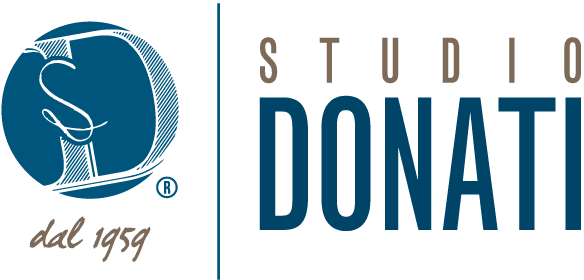Ingroup mobility of management and highly skilled workers from extra-EU countries.
In the current economic scenario internationalization and the need of sharing high-skilled workers within groups of companies are increasingly pressing: on the other side, however, legislation on immigration is often cumbersome and can’t keep pace with global economy. Moving and working in an EU country is not at all a problem for a EU worker: the freedom of movement for persons is one of the assumptions on which the EU itself was built. However, the freedom of movement for foreign workers is not so easy and the procedures are anything but slender.
As for the regulation of ingroup secondments, the standard law is the LD. 286/1988, in particular, the special procedure provided in the article 27 c.1 letter a. “ Ingresso per lavoro in casi particolari ” of highly skilled workers, such as: company executives, lecturers or university professors, translators, employees of companies that have to carry out the work performance on the Italian soil, artistic personnel, professional athletes, journalists, researchers, maritime workers or traveling crew, etc.
Non-EU workers are permitted to entry and stay in Italy for a maximum period of five years but the authorization is subject to the completion of a fairly rigid procedure that can be summed up in three major steps.
The company which intends to send in secondment one of its employees to Italy, in order to start the administrative procedure, has to request the authorization to the Interior Ministry by submitting an application through the internet portal, then has fill in a special form (“model D”) in which are summarized all the data of the persons involved by the transnational secondment (such as: type of work, CBA applied, contract offered, worker’s accommodation, etc …) and has to pay a digital stamp in the amount of € 16. And last, the company has to declare to be in good standing with the contribution and insurance law requirements, and there mustn’t have been no dismissals or layoffs in the previous year.
A second phase will start through a communication (via certified email or registered mail) by the Sportello Unico dell’immigrazione in which the administration requires detailed documentation about: the identity of the interested parties in the application, business profile registration provided by the Chamber of Commerce, model D ., and all documents showing the corporate link between the company to which the employees are seconded (engagement letter, contract of employment …), highlighting the remuneration and eventual subsidies provided for travel and accommodation. Such documentation must be provided in Italian language, and can be eventually legalized through a sworn translation from an Italian consular representation in the country of origin. Once the required documentation is received, the Sportello Unico per l’Immigrazione will start the controls and will request the opinion of the local police district and the territorial labour beureau for the release of the authorization.
The last step is to issue the visa, the signing of the residence contract with the simultaneous request of a residence permit by the posted worker. After receiving the permit, the worker has 6 months to collect the visa. Within 8 days from the first entry into Italy, the worker has request an appointment to the Sportello Unico and has to show up together with the company legal representative in order to sign the residence contract and apply for a residence permit, which has to be sent by a special kit via post office.
In conclusion, if on one hand it is necessary to regulate the flow of workers from extra EU countries and to ensure public safety and regulation of the labor market, on the other hand, the procedure is excessively rigid (especially in the last phase) and this can be a strong disincentive for a company that operates in a global market.

